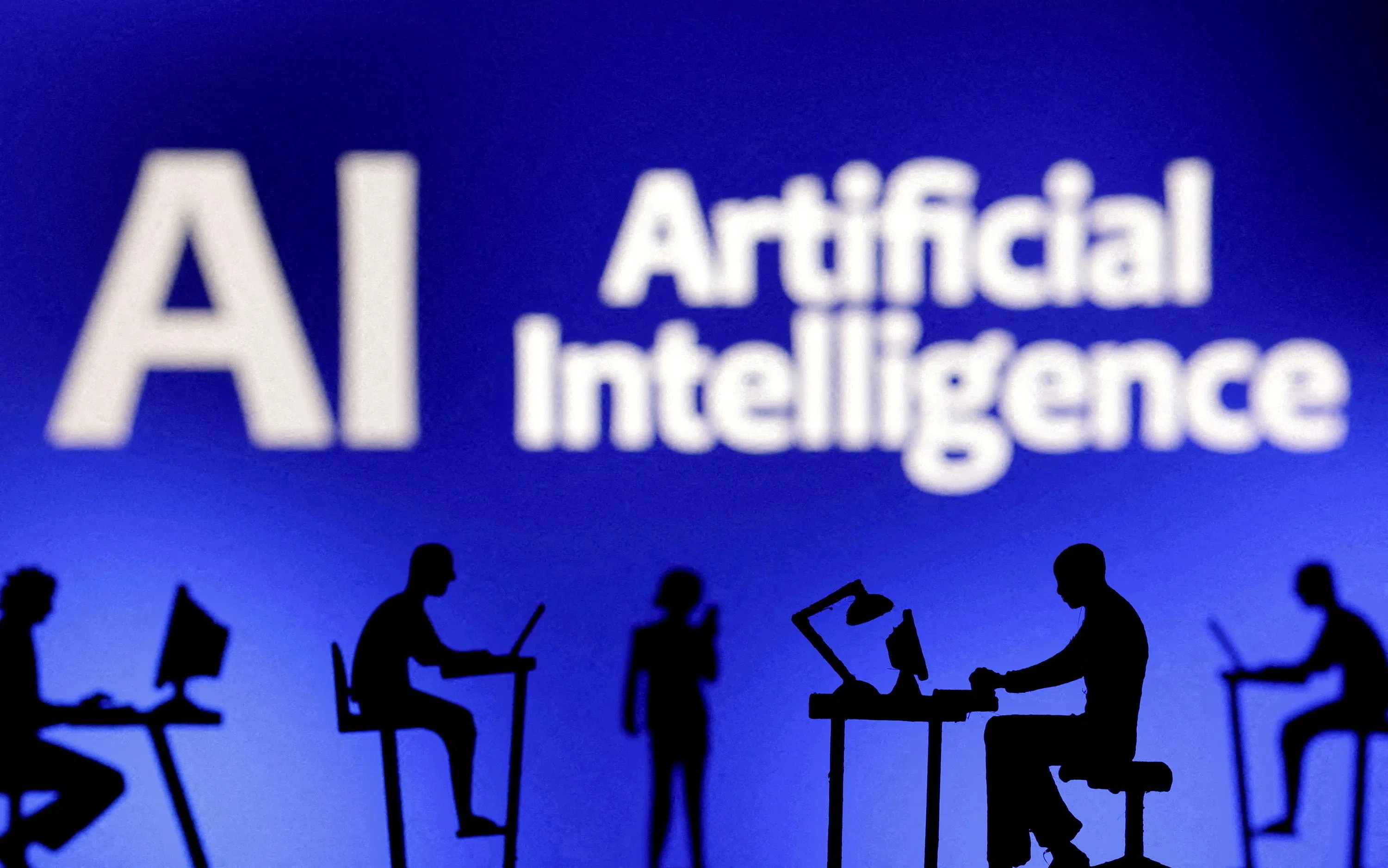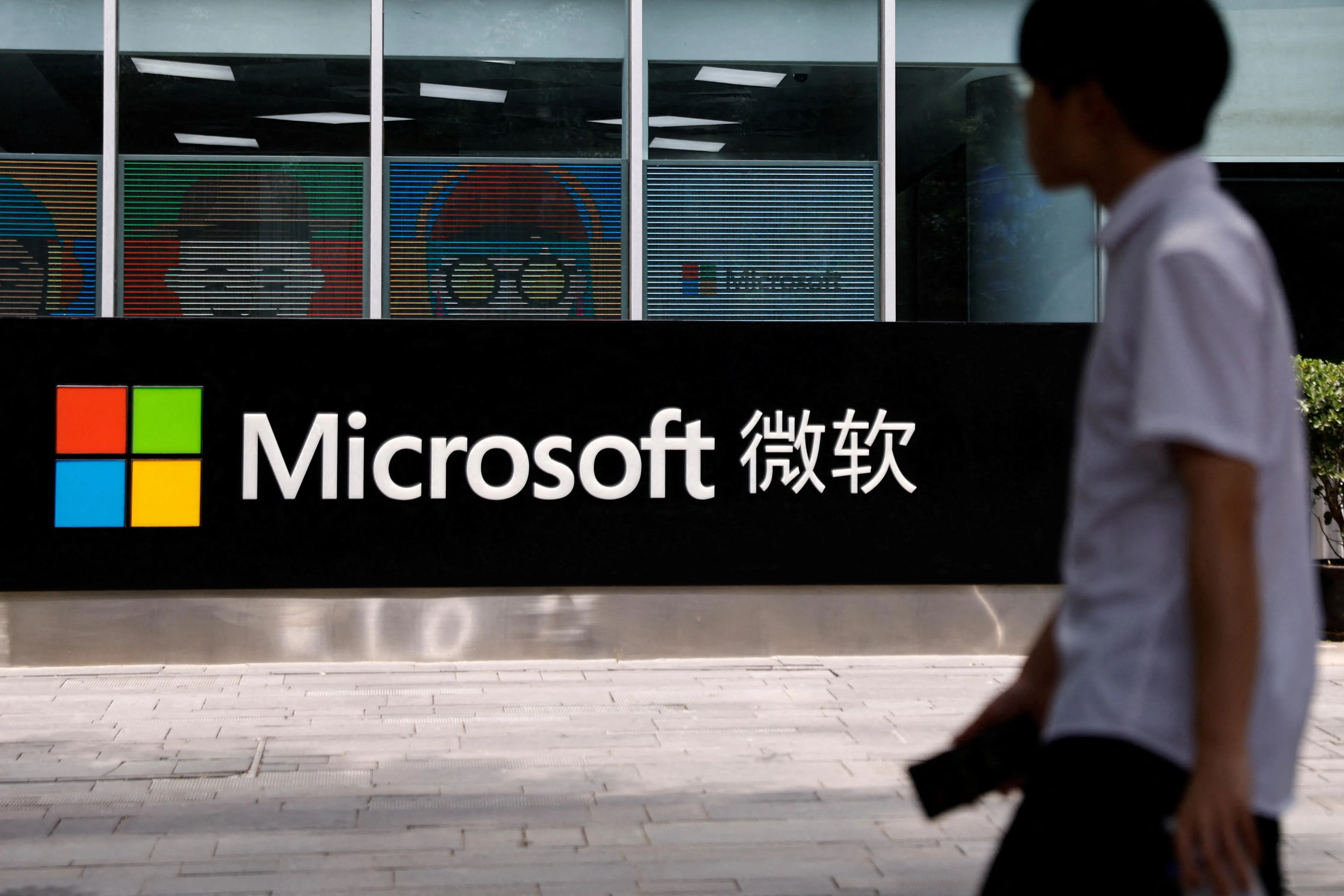TECH companies from Microsoft to Qualcomm are embarking on a marketing blitz for a new type of computer they are dubbing “AI PCs”, promising artificial intelligence features embedded in their laptops and desktops.
The new laptops differ from standard devices with the inclusion of an additional processor that is tailored to speed up AI features such as personal assistants and the ability to automate tasks.
But only 3 per cent of PCs shipped this year will meet Microsoft’s processing power threshold to be considered an AI PC, according to industry research firm IDC. To persuade consumers and corporations that it is time to buy, the industry will need to offer a wider variety of PCs and deliver software that takes advantage of the new hardware.
So far, analysts and reviewers are also taking a sceptical tone towards the new laptops’ AI abilities. Usefulness is limited, because few software makers beyond Microsoft are building features to utilise the new chips in the machines optimised for AI tasks, said Eric Compton, a financial analyst focused on the PC industry at Morningstar.
Application makers such as Adobe, Salesforce and SentinelOne rebuffed one of the largest PC makers when it asked them to tweak the software so AI tools could be used directly on the new computers in time for the launch, according to a source familiar with the discussions. All of those companies deliver AI features through the cloud.
SentinelOne is looking at optimising its products for AI PCs in future development, but it will likely take years for these devices to reach a “sufficient proportion of deployed machines”, Gregor Stewart, the company’s vice-president of AI, said.
BT in your inbox
Start and end each day with the latest news stories and analyses delivered straight to your inbox.
Clara Shih, who leads Salesforce’s AI efforts, said the company is developing on-device language models, the technology that underpins many types of generative AI, but did not provide any expected timeline for release.
Some smaller software makers optimised their apps for on-device AI. That includes Blackmagic Design, which makes video editing software that competes with Adobe’s Premiere, and Algoriddim’s music-mixing tool djay.
For now, available AI features are largely gimmicks, said a Best Buy employee shortly after launch in June, who asked not to be identified for fear of professional repercussions.
Machines known as “Copilot+ PCs” are limited to features such as a tool that makes it appear you are looking at the camera during a video meeting, when in reality your eyes are focused elsewhere. Generative AI models can be used to produce images on the device, but still require an Internet connection for content moderation. A flagship Microsoft feature that would let a user easily find past activity on their computer, called Recall, was delayed due to privacy concerns.
A Microsoft spokesperson said developers have “shown great enthusiasm” in building apps to use the new hardware and user feedback for the new devices has been “terrific.”
The stakes are high for many of the companies involved. Qualcomm, the provider of the new chips, said it is ready to challenge Intel’s dominance in the machines. PC makers such as Dell and HP hope the machines will fuel consumer excitement for personal computers again. But the companies will need to ensure performance matches the marketing to avoid previous dead ends – such as Windows’ short-lived mobile operating system or detachable screens.
An HP spokesperson said the company is working with software vendors to build new experiences for the AI PC while touting existing features such as real-time translation.
Even if features are currently limited, AI PCs have the potential to fuel a wave of new higher-priced purchases. Many consumers, businesses and schools bought laptops in the early months of the pandemic, but have not yet upgraded.
New AI capabilities will help steer buyers towards higher-end options, Michael Dell, founder and chief executive officer of the namesake company, said. “Do you want to buy a PC that is not capable of doing those AI things that you will want to do in the future? I don’t think so.”
There are early signs of traction. A fifth of computers sold during launch week were AI PCs, according to data provided by market researcher Circana. Tech-savvy consumers such as content creators have been quicker to adopt the new machines, while the general public is likely still a bit “confused”, said Mike Crosby, executive director at Circana.
The other major selling point is better battery life than other laptops that use Microsoft’s Windows operating systems. Qualcomm claims its more efficient chips based on Arm designs can mean days of use without charging. Avi Greengart, an industry analyst at Techsponential who helped host a Qualcomm promotional event, said that battery life, rather than AI, is the main selling point of the laptops at this point.
But the different chips also raise the potential for compatibility issues with generations of software written for Intel or Advanced Micro Devices processors. Common apps such as Microsoft Office, Meta Platforms’s WhatsApp and Adobe’s Photoshop have been optimised for the Arm-based systems. But many legacy applications still used within businesses will not be supported, likely capping adoption among enterprises, said Erik Woodring, an analyst at Morgan Stanley.
Qualcomm acknowledges it has to step up efforts to promote its brand and help PC makers with advertising. That is necessary because the industry has relied on Intel for promotional US dollars for decades under arguably the most successful component campaign ever: “Intel Inside”.
Consumers in particular have been trained to see that label on their computers as a sign of quality. And Intel has even managed to bring sub brands to the forefront. Its Centrino push in 2003 led to an explosion in notebook use with the inclusion of Wi-Fi connections.
Qualcomm, which has tried and failed previously to grab a piece of the PC market, is spending more than US$75 million per year to print the name of its Snapdragon processor on the jerseys of Manchester United Football Club players. It has also upped its payments to partners such as PC makers to help support marketing, said chief marketing officer Don McGuire.
“This is a moment, but this has to be a sustained thing,” McGuire said. “It’s about the next six years, not the next six months.”
Average starting prices for the new slate of Qualcomm-based AI PCs are about 48 per cent more expensive than their non-AI counterparts, wrote Samik Chatterjee, an analyst at JPMorgan Chase. He sees Qualcomm owning about 25 per cent of the AI PC market by 2026.
Later this year, Intel and AMD are expected to release their own AI PCs, which are likely to have fewer of the compatibility issues associated with Arm-based devices.
Still, it will be a long road to get consumer and business adoption. In 2026, AI PCs will still only make up about 20 per cent of new PC shipments, according to IDC. BLOOMBERG







